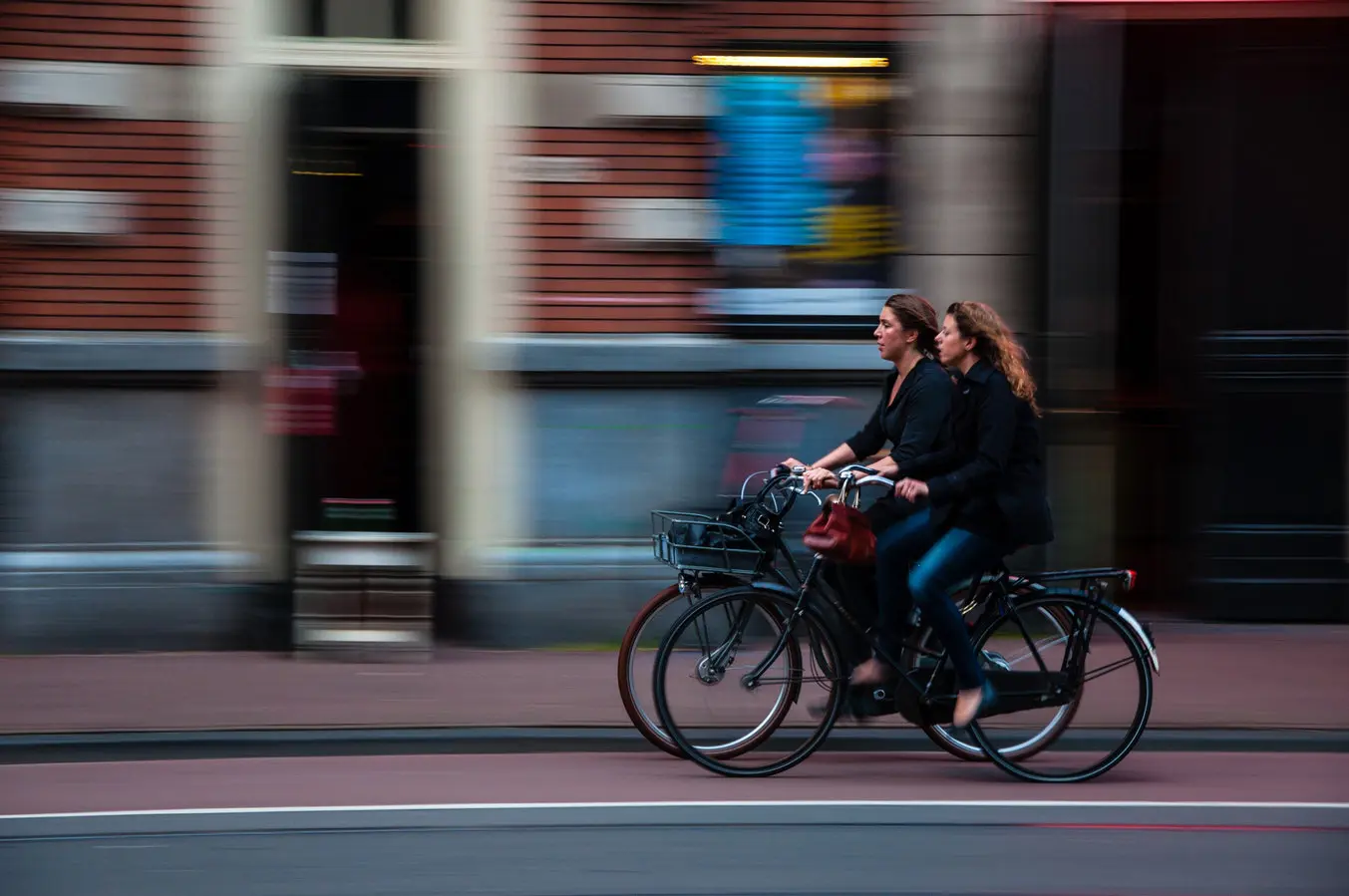To put it simply, panning is the (usually) horizontal movement of a camera while it’s capturing a moving subject. While this photographic technique can produce truly outstanding results, it takes a lot of practice to get it right, so you have to be really patient and have exceptionally steady hands.
The basic idea behind panning is that you should pan your camera along in time with the moving subject and capture an image with a sharp subject and a blurred background. This gives the shot a sense of movement and speed.
When Should I Use Panning?
Since panning implies motion and creates the feeling of speed without blurring the main subject, you can use it for various moving subjects like cars, motorcyclists, cyclists and running or flying animals. Using just a slow shutter speed won't give you a clear and crisp subject – you need to rely on panning for better results!
How to Use The Panning Technique Properly
The following steps will help you learn panning and understand better how it works:
- Select a slower shutter speed than you normally would. However, you should keep in mind that the faster your shutter speed is, the easier it will be to keep your subject crisp. You can start with 1/30 second and then play around with slower shutter speeds if necessary.
- You should be in a place where your view of the subject won’t get obstructed. At the same time, you should also consider the background of your shot, since single colored or plain backgrounds tend to work best.
- As your subject approaches, you should start to track it with your camera. If you have a long lens or your hands aren’t steady enough, you should consider using a tripod or monopod. For best results, you should position yourself so that you’re parallel to the path of your subject. This will allow you to focus more easily.
- If your camera has automatic focus tracking (AI-Servo mode), it will do the focusing for you when you half press the shutter button. Once you’ve released the shutter, you should continue to pan with the subject. This strategy will ensure the motion blur is smooth.
- In case you have an older digital camera or an entry-level point and shoot, you may have an issue with ‘shutter lag’ – this is a slight delay from when you press the shutter to when the picture is taken. If you experience shutter lag, you’ll have to learn to anticipate the right moment to take the shot. This is not an easy thing to master, but your anticipation skills will certainly improve over time.
If you’re new to panning , you should approach it with an experimental and playful attitude. It can be a lot of fun but can also be quite annoying. In case you want to learn some additional tips and tricks when it comes to panning, you can explore the following links:








